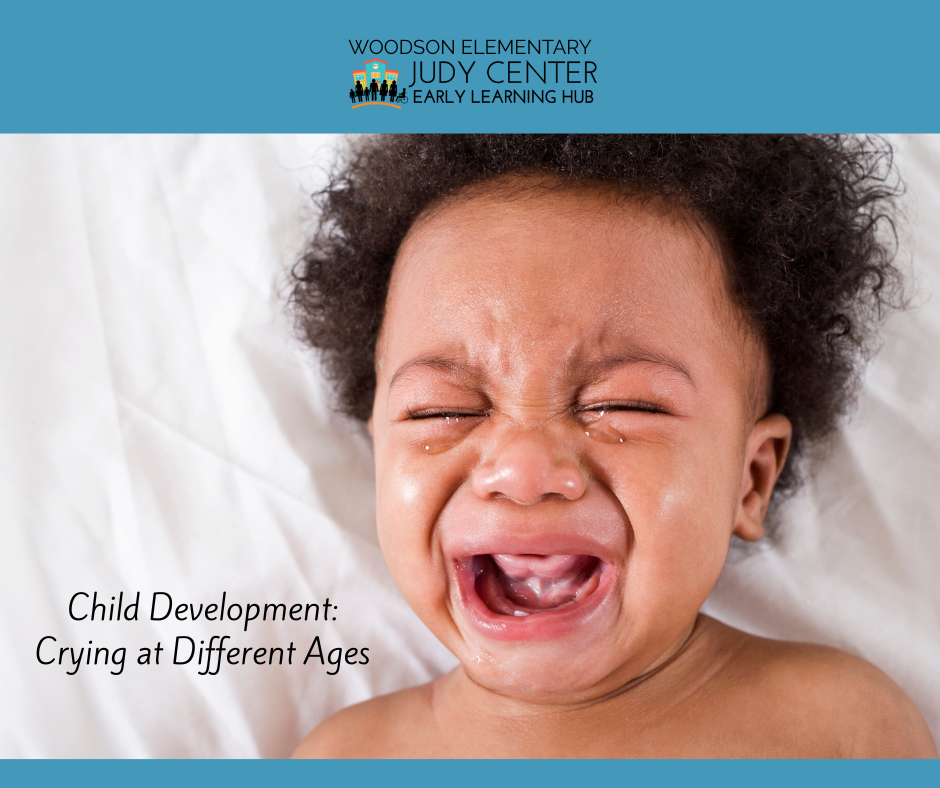■ Age: 6 Months Insights: Babies cry mainly to signal needs—hunger, tiredness, or overstimulation. Separation anxiety may begin. Tips for Parents: Respond quickly with comfort, soothing voice, and gentle rocking. Establish predictable routines. Typical Behavior: Crying daily for short periods; calms when needs are met. Atypical Behavior: Crying for hours without relief or not crying at all (lack of communication).
■ Age: 18 Months Insights: Toddlers cry to express big emotions as they seek independence but lack strong language skills. Tips for Parents: Stay calm, label emotions ('You’re mad'), and provide comfort and choices. Typical Behavior: Crying during transitions or frustrations, calming with support. Atypical Behavior: Crying that lasts much longer than expected or with self-harming behaviors.
■ Age: 2 Years Insights: Crying often accompanies tantrums as toddlers test limits and struggle with independence. Tips for Parents: Validate feelings, stay near, and use simple calming phrases. Offer comfort once calmer. Typical Behavior: Tantrums 1–3 times daily, calming within 10–15 minutes. Atypical Behavior: Tantrums over 30 minutes, violent aggression, or no comfort from caregiver.
■ Age: 3 Years Insights: Preschoolers may cry when frustrated, tired, or during peer conflicts. They are beginning to use words to express feelings.
Tips for Parents: Encourage words, offer problem-solving strategies, and praise verbal expression.
Typical Behavior: Occasional crying that resolves with support.
Atypical Behavior: Frequent inconsolable crying or regression in communication.

